Gingivitis in dogs is an inflammation of the gum and oral mucosa of the affected dogs. The disease is characterized by swelling, redness, painful gum, difficulty eating, foul odor in the mouth, and plaque deposition around the root of the teeth. If you leave your dog untreated, the condition may lead to periodontal diseases and loss of teeth.
Importance of Gingivitis in Dogs
Gingivitis in dogs is prevalent, and almost every dog is affected by this condition. Gingivitis may lead to a foul mouth odor and many digestive diseases. The condition can be prevented easily by taking preventive measures. In my article, I shall discuss the various aspects of canine gingivitis.
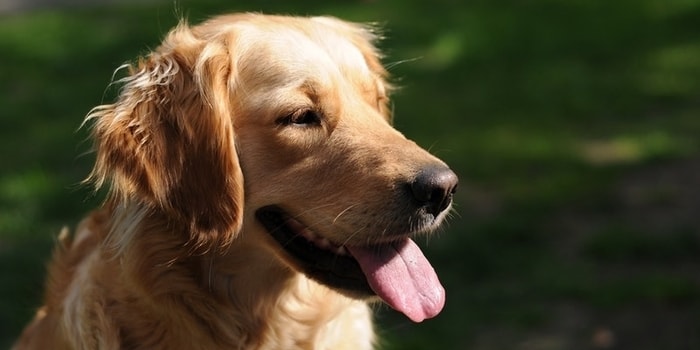
Causes of Canine Gingivitis
The leading causes of gingivitis in dogs are as follows:
- Plaque forms around the teeth with food particles, saliva, and bacteria.
- The interaction between bacteria and the body’s immune system release enzymes that break the gum tissues, and inflammation occurs.
- The condition leads to periodontitis and loss of teeth prematurely.
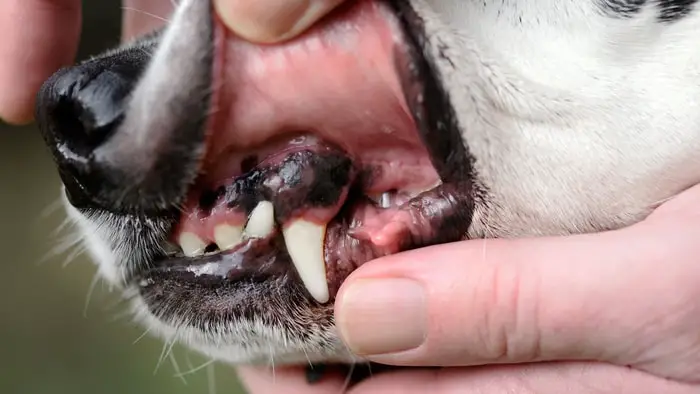
Risk Factors of Canine Gingivitis
Gingivitis and gum problems are common in every dog. Following dogs showing more prone to gingivitis:
- Old-aged dogs.
- Dogs affected with diabetes mellitus.
- Bad teeth or crowded teeth.
- Providing soft food for a more extended period.
- Bad habit of chewing woods, floor, or wall.
- Presence of harmful material at a dog kennel.
- Lack of oral health and teeth care.
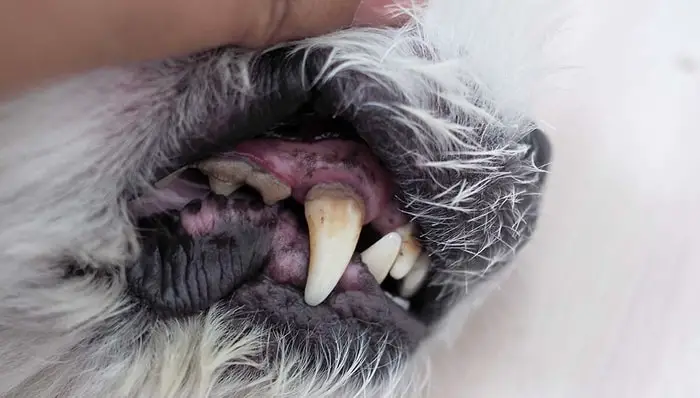
Clinical Signs of Gingivitis in Dogs
The most common clinical manifestation of gingivitis is inflammation of the gum. The vet will identify the clinical signs and help you with further necessary actions. The other common clinical signs are:
- The gum walls become red, thin, and blood-tinged.
- The affected gums become swollen.
- Formation of excessive plaque around the gum.
- Pain in gum.
- Difficulty in chewing and swallowing food.
- A foul odor comes from the mouth.
- Drooling of saliva.
- Loose teeth.
- Bleeding from the gum, especially during brushing.
- She was oozing pus from the affected gum.
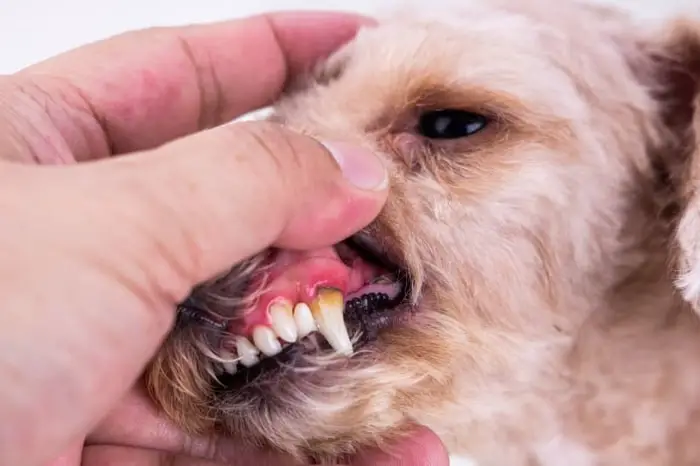
Diagnosis of Canine Gingivitis
The disease can be diagnosed in the following ways:
- The clinical history of immune deficiency.
- Pathognomic clinical signs like inflammation and plaque formation.
- Proper dental examination.
- Culture of bacteria from the gum.
- Radiographic examination of the mouth, especially the dental region, detects any damage to the tooth’s root.
- Blood for CBC.
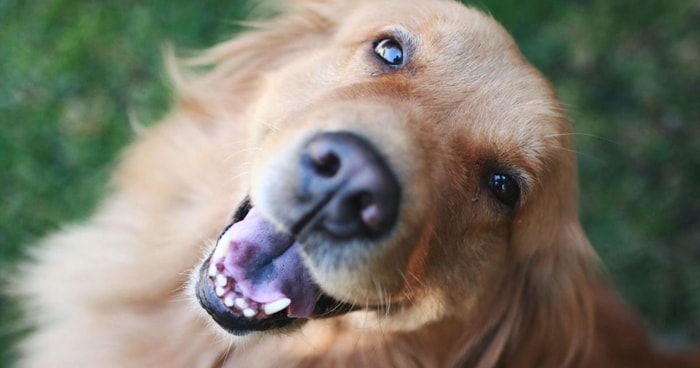
How Do You Treat Gingivitis In Dogs
The initial treatment for canine gingivitis starts with the cleaning of teeth by a professional veterinary dentist. The sequence of treatment includes:
- Cleaning of pus, tartar, and tissue debris from the gum.
- Use of mild antiseptics.
- In severe cases, use a broad-spectrum antibiotic.
- Antihistamines you can give to reduce itching and allergies.
- You can provide vitamin C for quick recovery.
- Metronidazole can be given orally or IV.
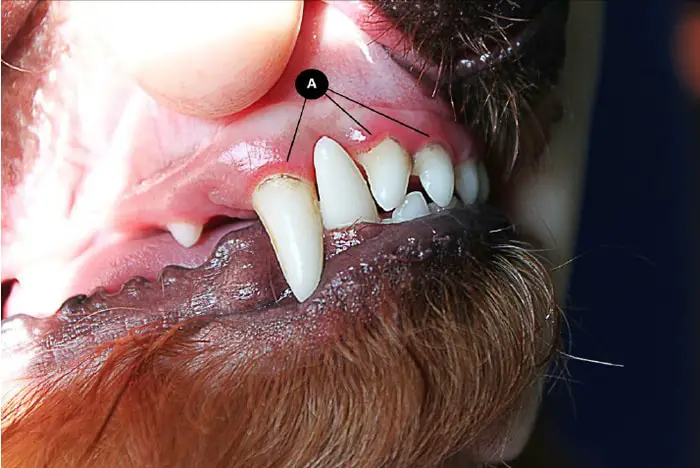
Prevention of Canine Gingivitis
The gum problems in the dog can be prevented by taking the following measures:
- Regular cleaning and brushing of teeth.
- Regular check-ups of dental health by the veterinarian.
- Maintain proper oral hygiene.
- Provide soft food.
- Remove any harmful material from the kennel
- Never give spine bones to dog food.
- Use a chewing pad for growing puppies.
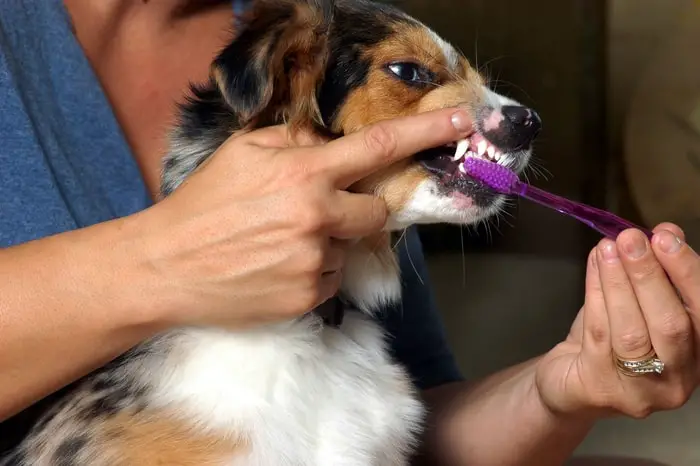
Final Advice on Canine Gingivitis
Gingivitis is a common problem in many dogs. The condition makes the dirty dog bad, looking, and may lead to other diseases. The disease is mainly caused by the deposition of excessive tarter in the teeth and affects the gum. The condition can be treated by surgical removal of more mordant antibiotics and antihistamines. I think this article will help you keep your lovely pet healthy. Thank you very much for being so patient in reading.